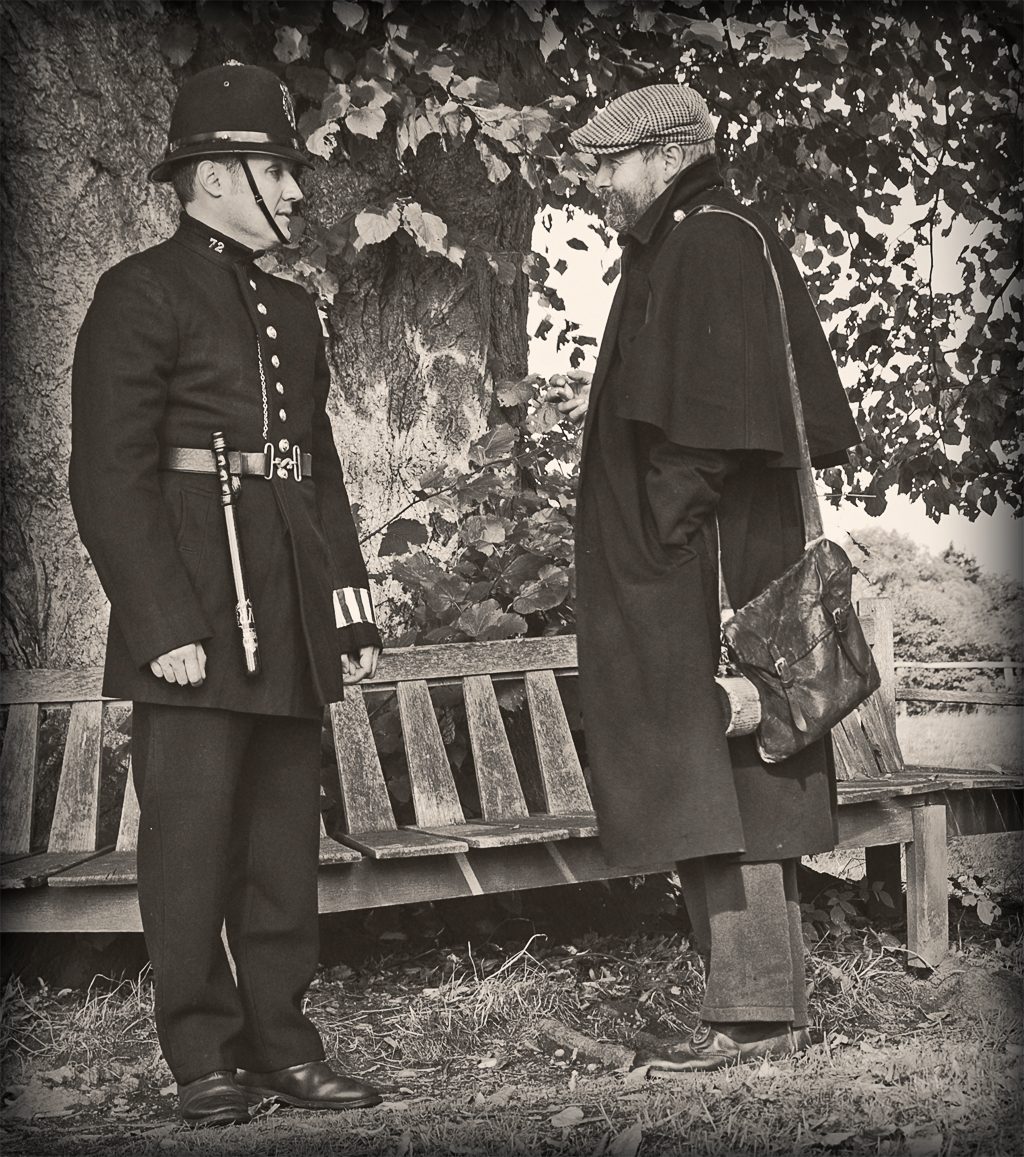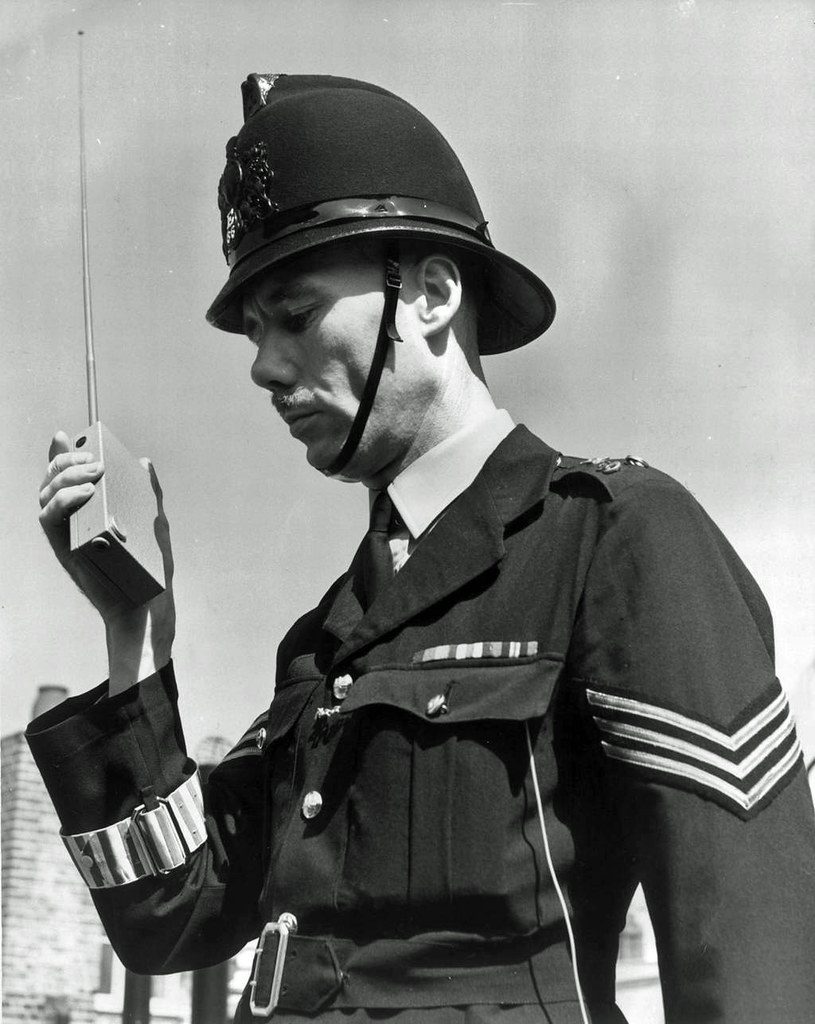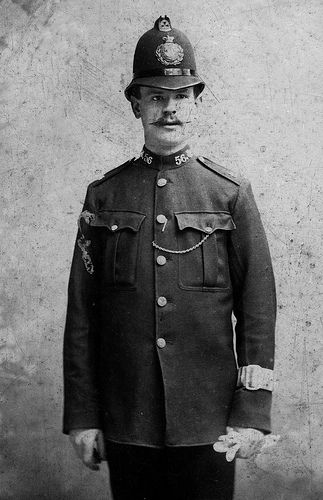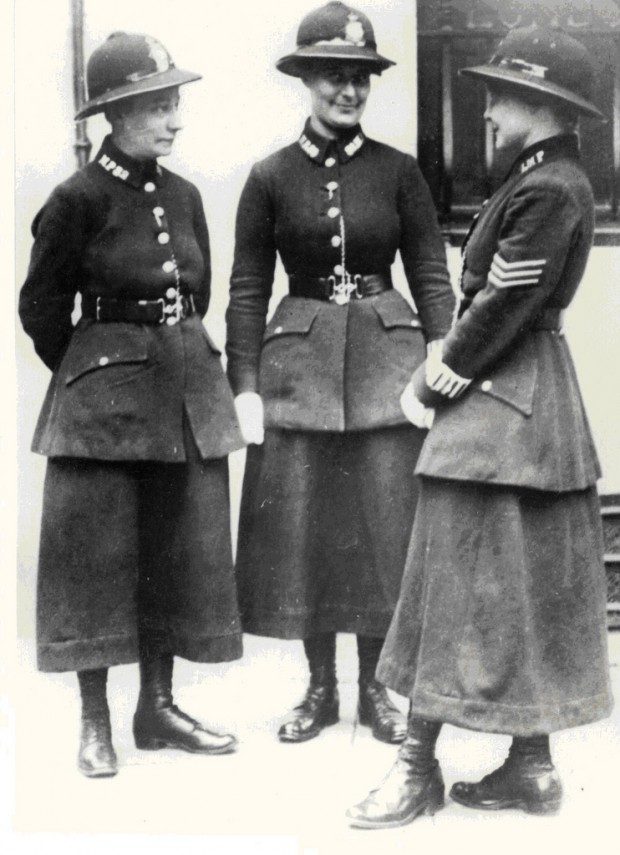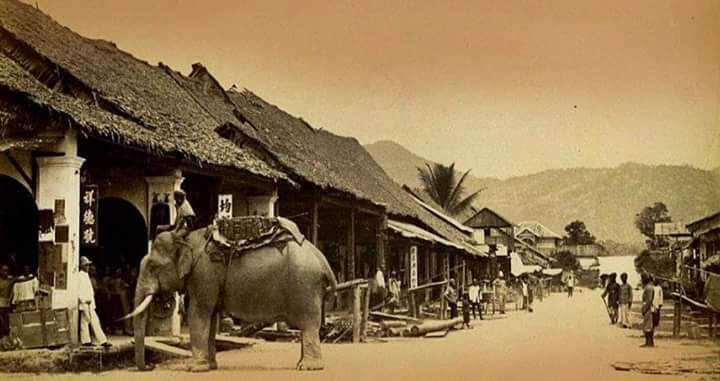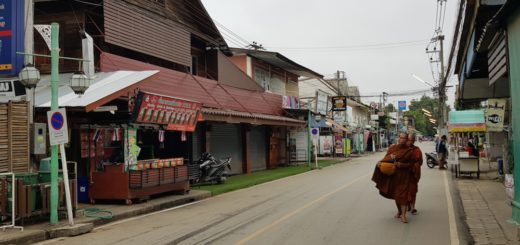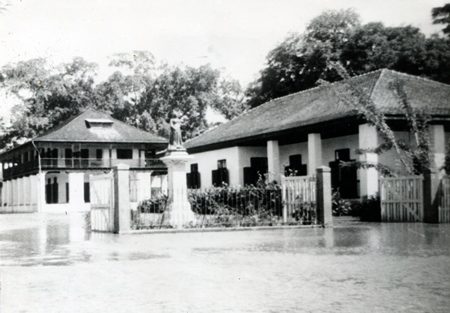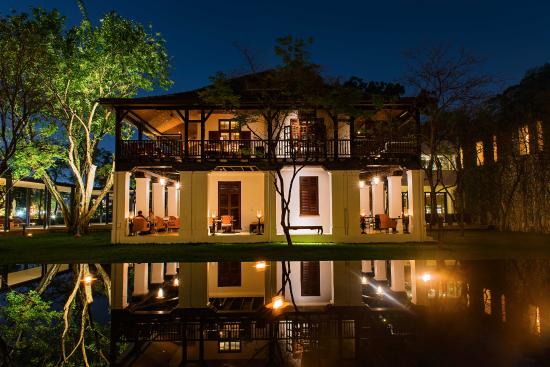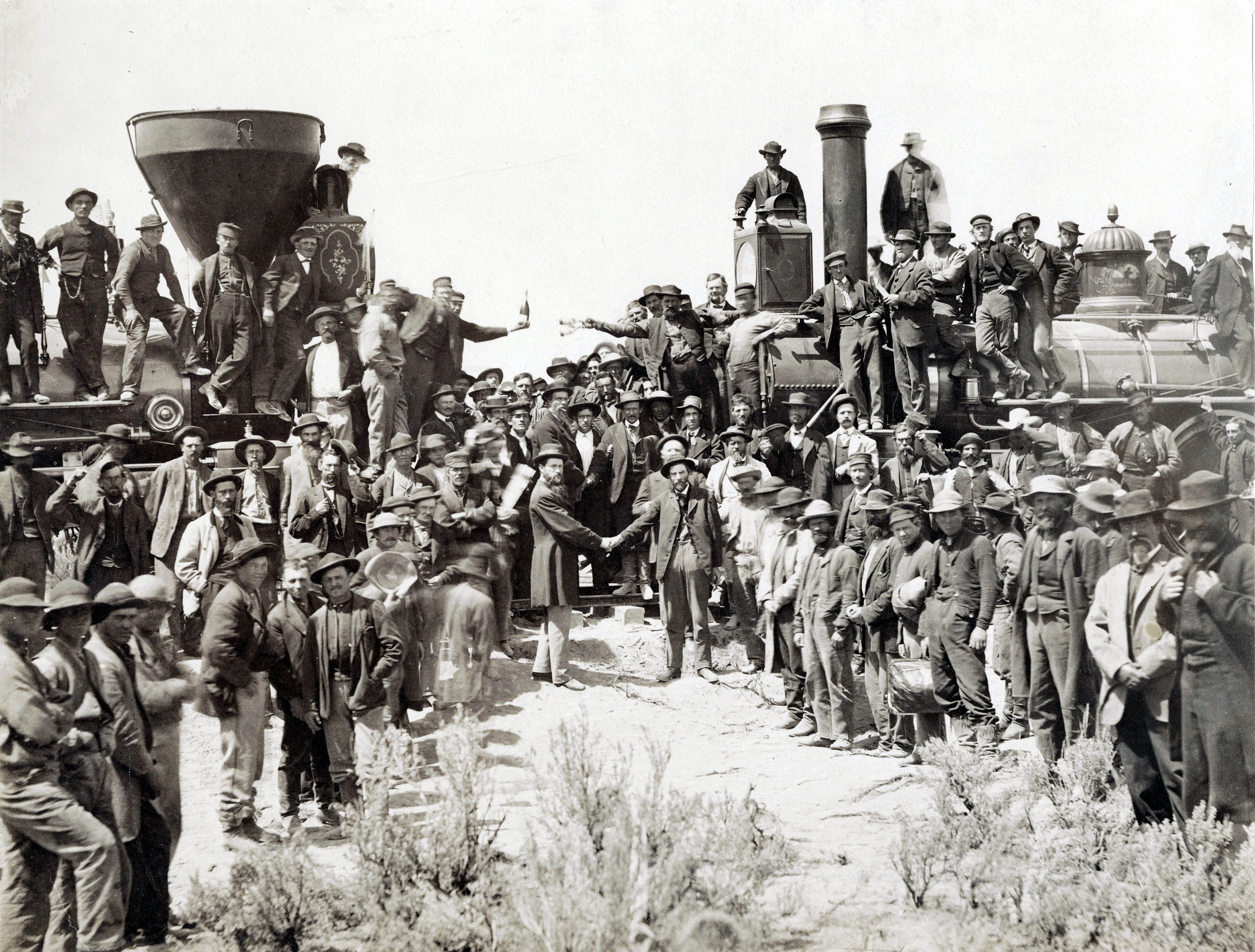Brilliant thread. Time for my contribution to it.
The first picture shows the Japanese Battleship Mikasa (constructed by Vickers in England) after the major naval battle against the Russian 2nd Pacific Squadron at Tsushima Strait in late May, 1905. Mikasa was the flagship of the Japanese fleet and suffered quite a few hits, albeit most of them superficial, during the battle. The image in question resulted from a premature explosion of a 12 inch shell in her aft turret. Shortly after the war ended, Mikasa would sink in her anchorage due to a fire. She was refloated, and saw service as a coastal defense ship in WW1, and in more offensive roles off Vladivostok during the Entente's attempt to prevent the Soviet Revolution.

Following the Washington Naval Treaty of 1922, Mikasa was to be scrapped. Fortunately, she was saved from this fate and instead made into a museum ship. She is now the only "modern" pre-dreadnaught battleship left above water. A beautiful ship that played a significant part in Japan's endeavors to become equal to the "Great Powers". As a side note, the Russian First Class Protected Cruiser Aurora, which also took part in the battle at Tsushima Strait, survives to this day as a museum ship in St. Petersburg. The picture is of Mikasa.

Battleships are pretty damn cool, but could they possibly be made ever cooler? How about a battleship/carrier hybrid! Blasphemy you say? Well, the Japanese did it! Following the loss of four fleet carriers at Midway, Japan needed more carriers, and they needed them fast. To this end, it was decided to convert the heavily damaged cruiser Mogami, and the two Ise Class WW1 era battleships Ise and Hyuga into semi carriers. Neither would have decks long enough to allow for conventional take-offs and landings. Instead, planes were intended to take off via catapults and then land somewhere else. Each Battle-carrier would add an additional 22 dive bombers to any prospective engagement (Mogami would add 11).
Although a neat idea, the Ise Class Battle-carriers would see little service in their new roles. They did not participate in the disastrous battle of the Marianas in June, 1944 that resulted in the effective annihilation of what remained of the IJN's air arm. Instead, their sole large scale operation would be as part of the the diversionary force during the battle for Leyte Gulf in October. As their air unit had been dispatched to and defeated at Formosa, the two Battle-carriers would participate in this one operation without any aircraft embarked.
Surviving the battle for Leyte Gulf, as well as their subsequent supply runs (transport ships were no longer capable of surviving trips to and from Japan), both Ise and Hyuga would meet their end in successive carrier based air raids on the IJN's main fleet anchorage at Hashirajima off Kure. A sad end for some very interesting ships.

